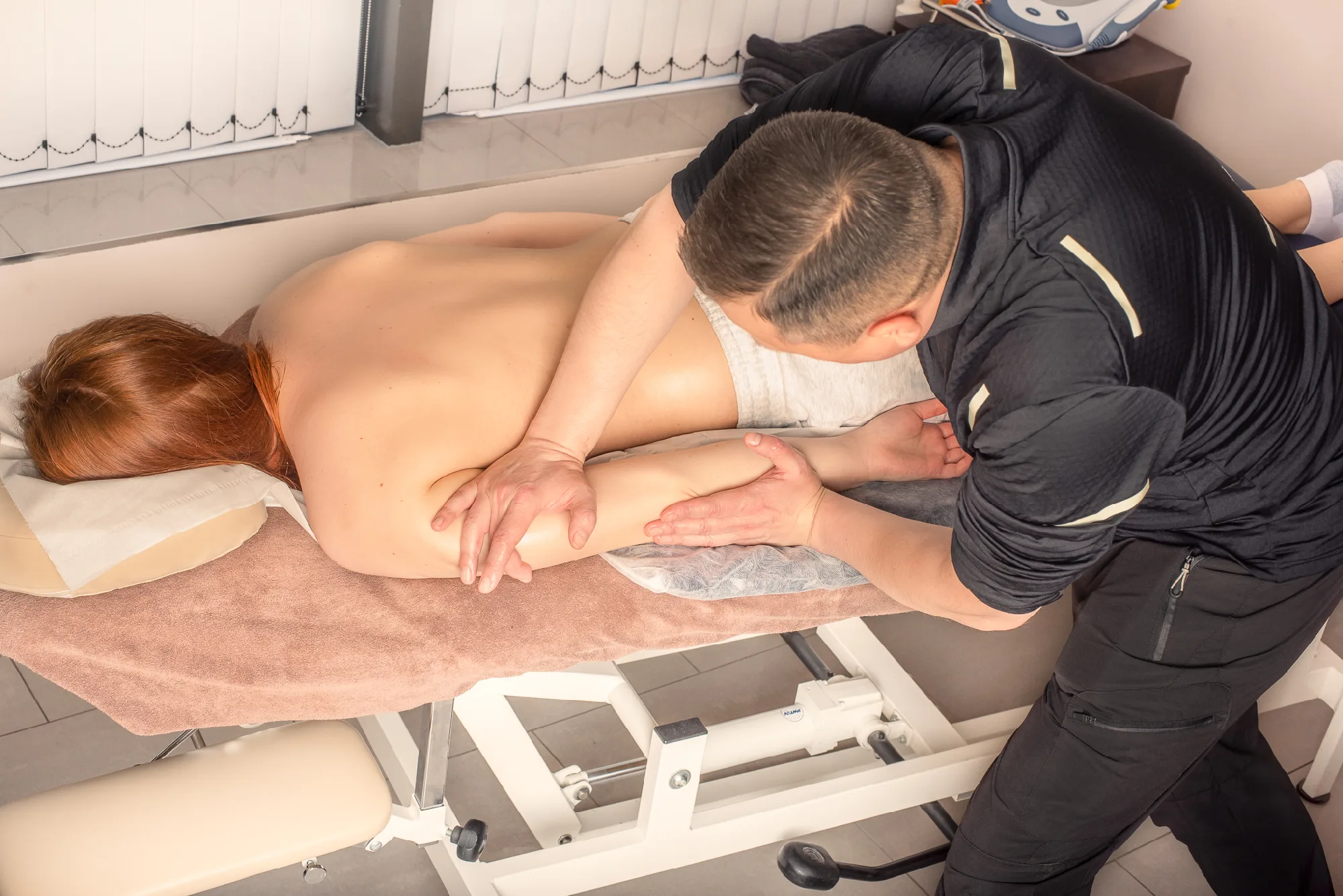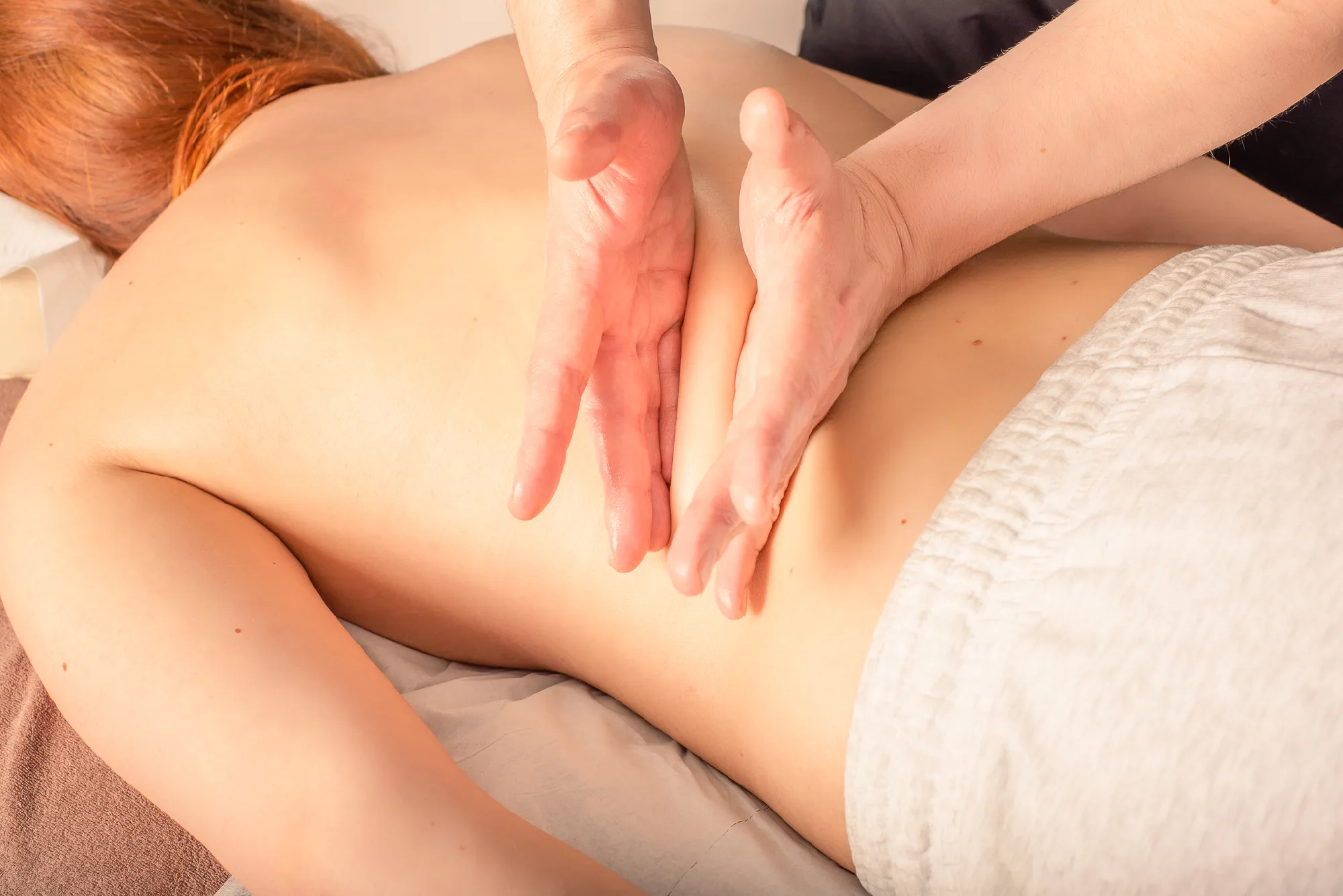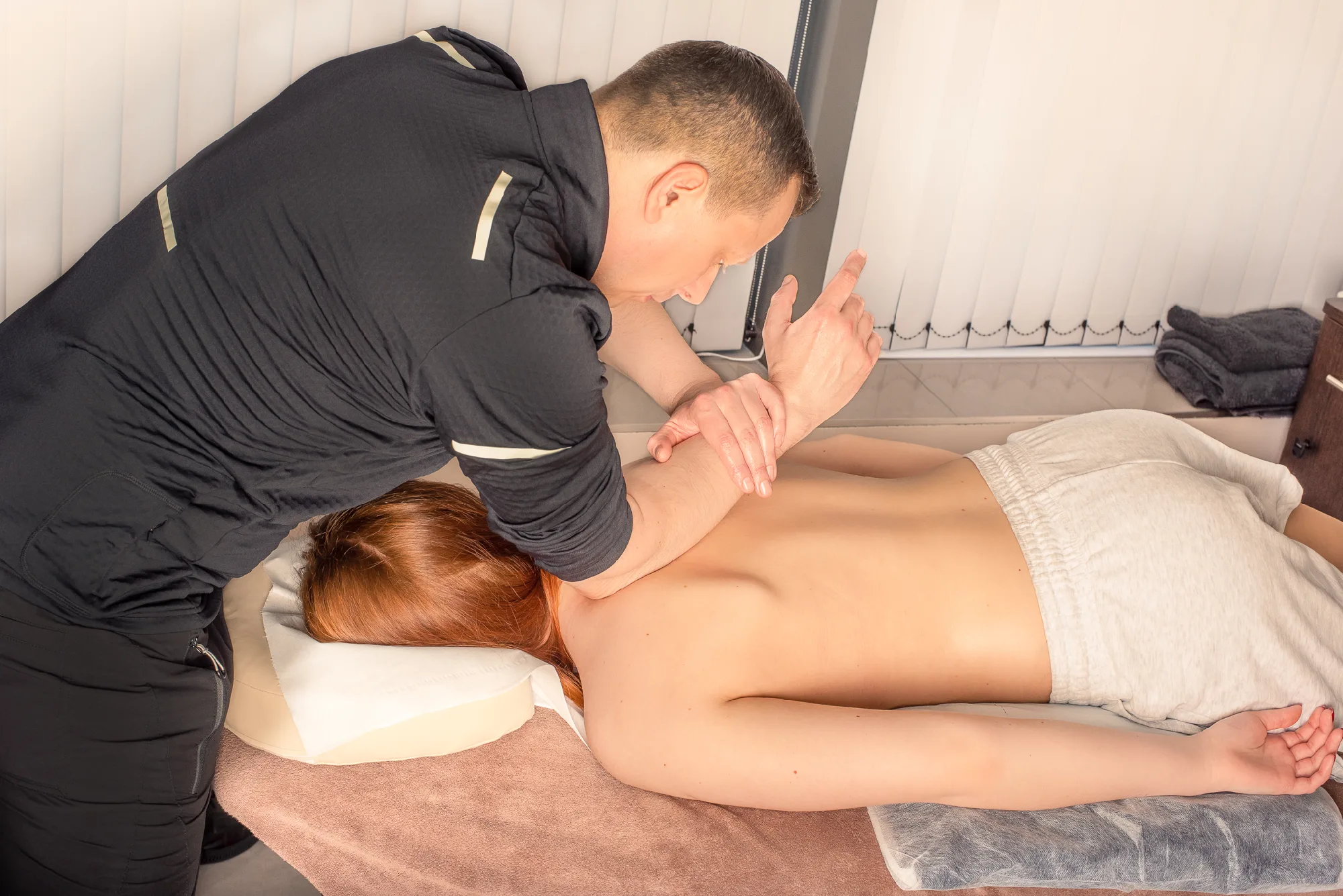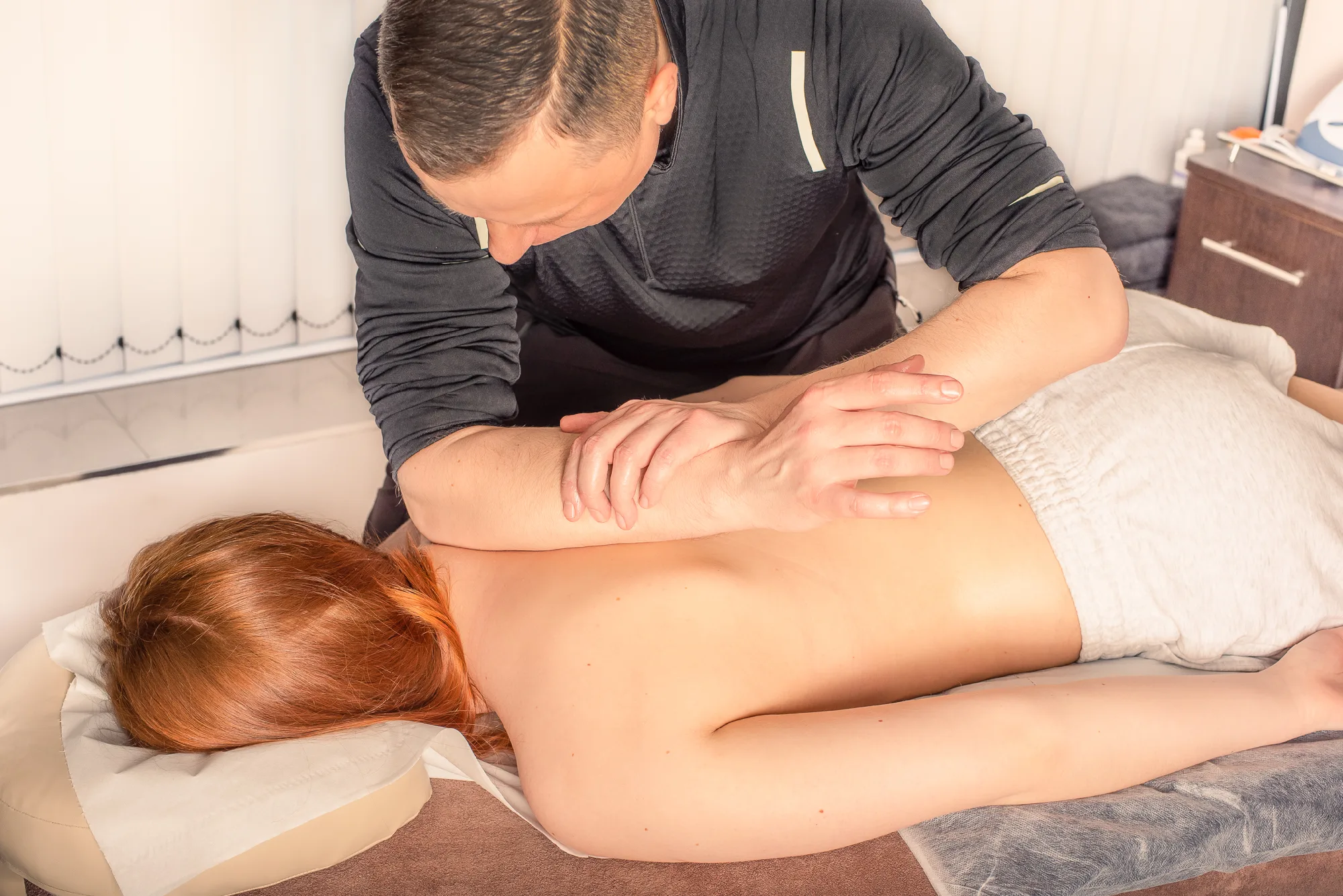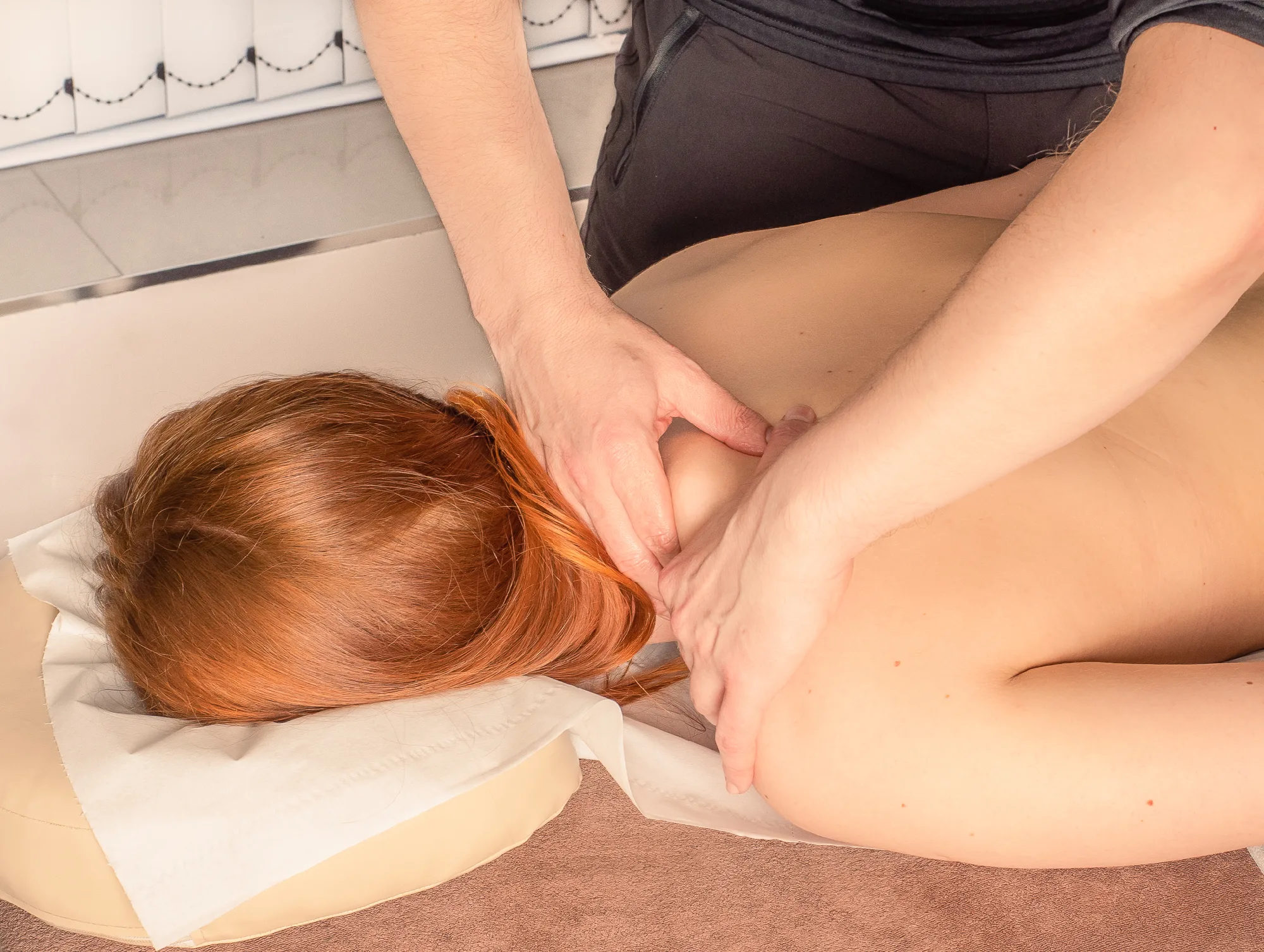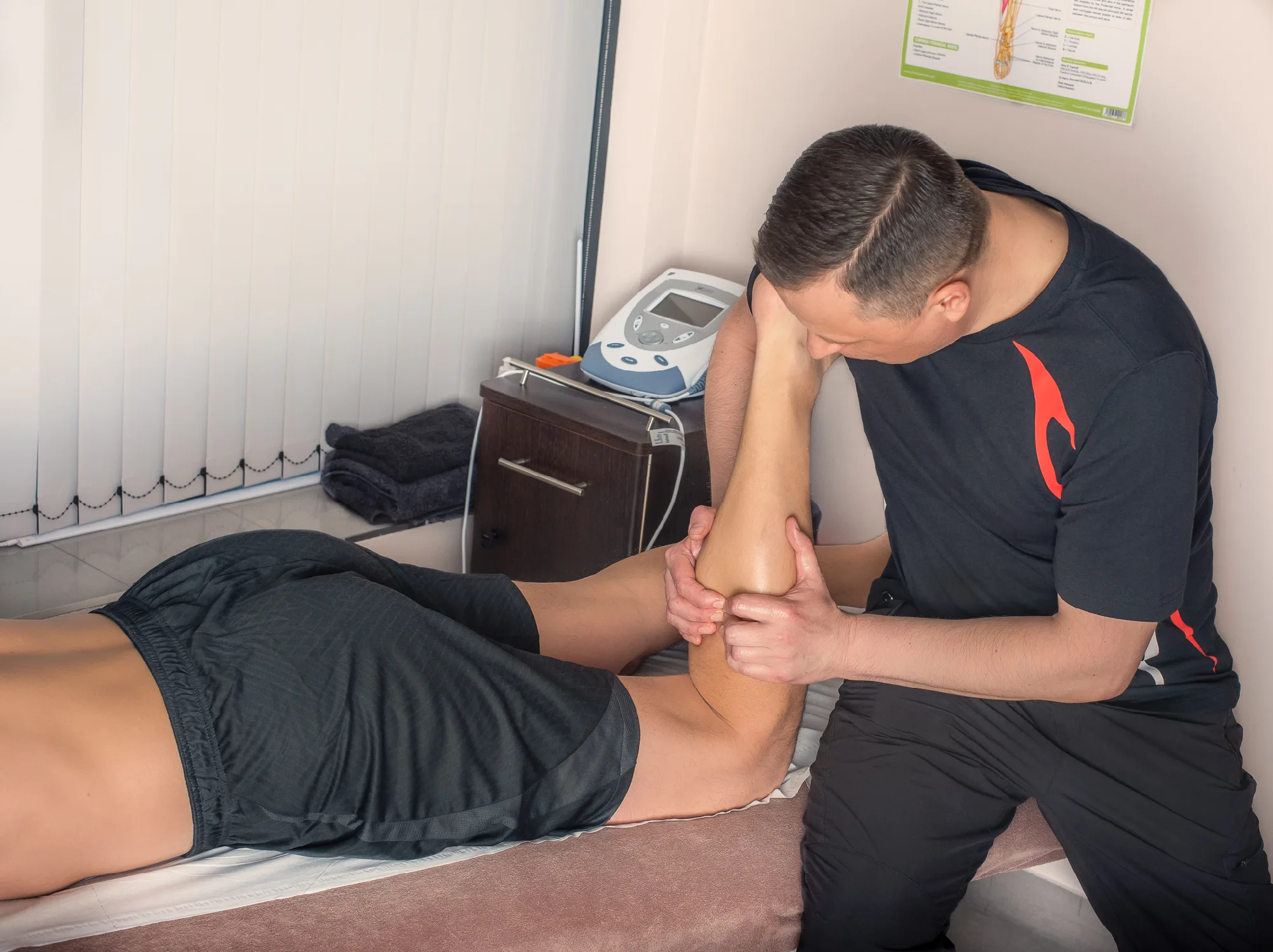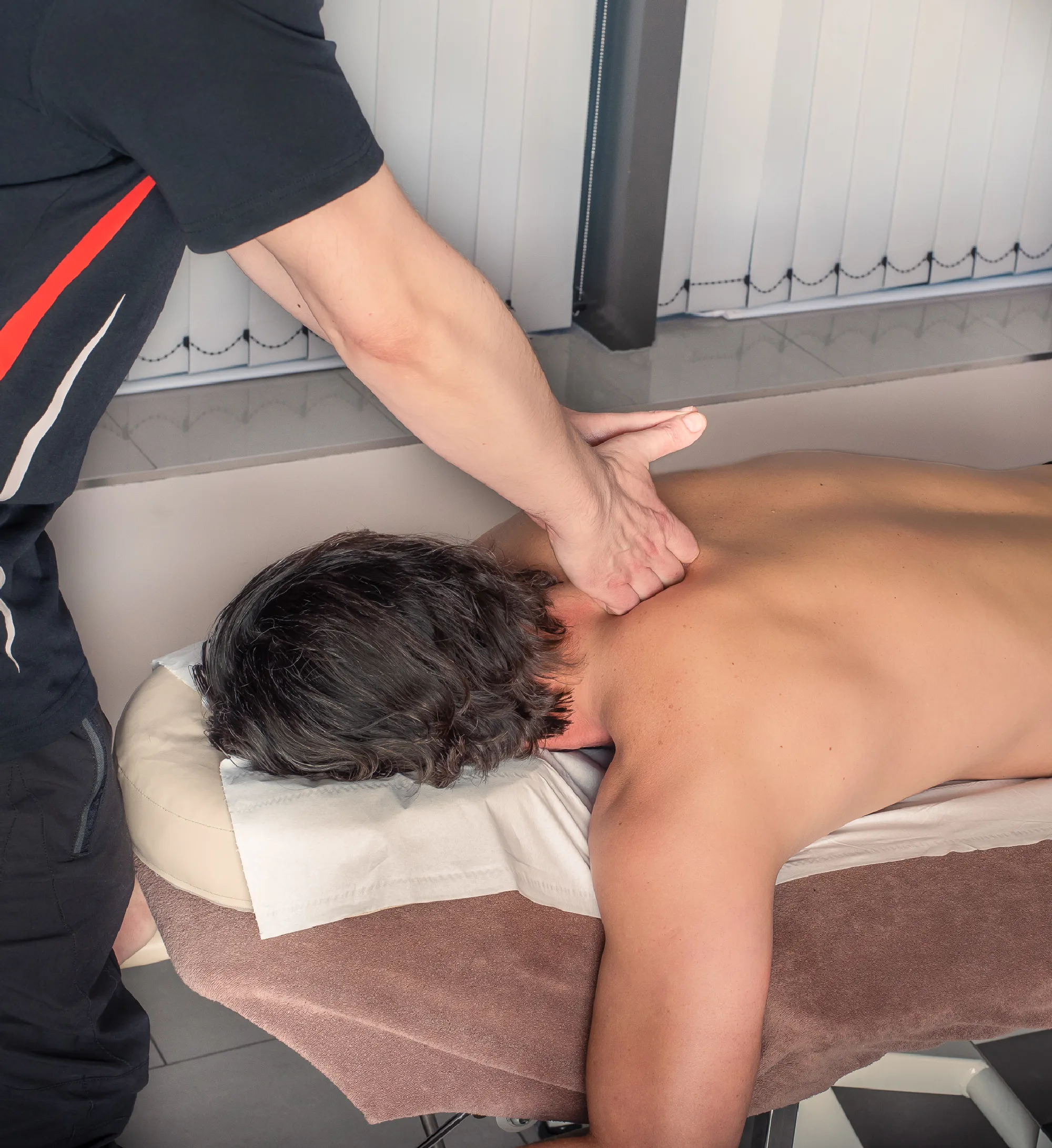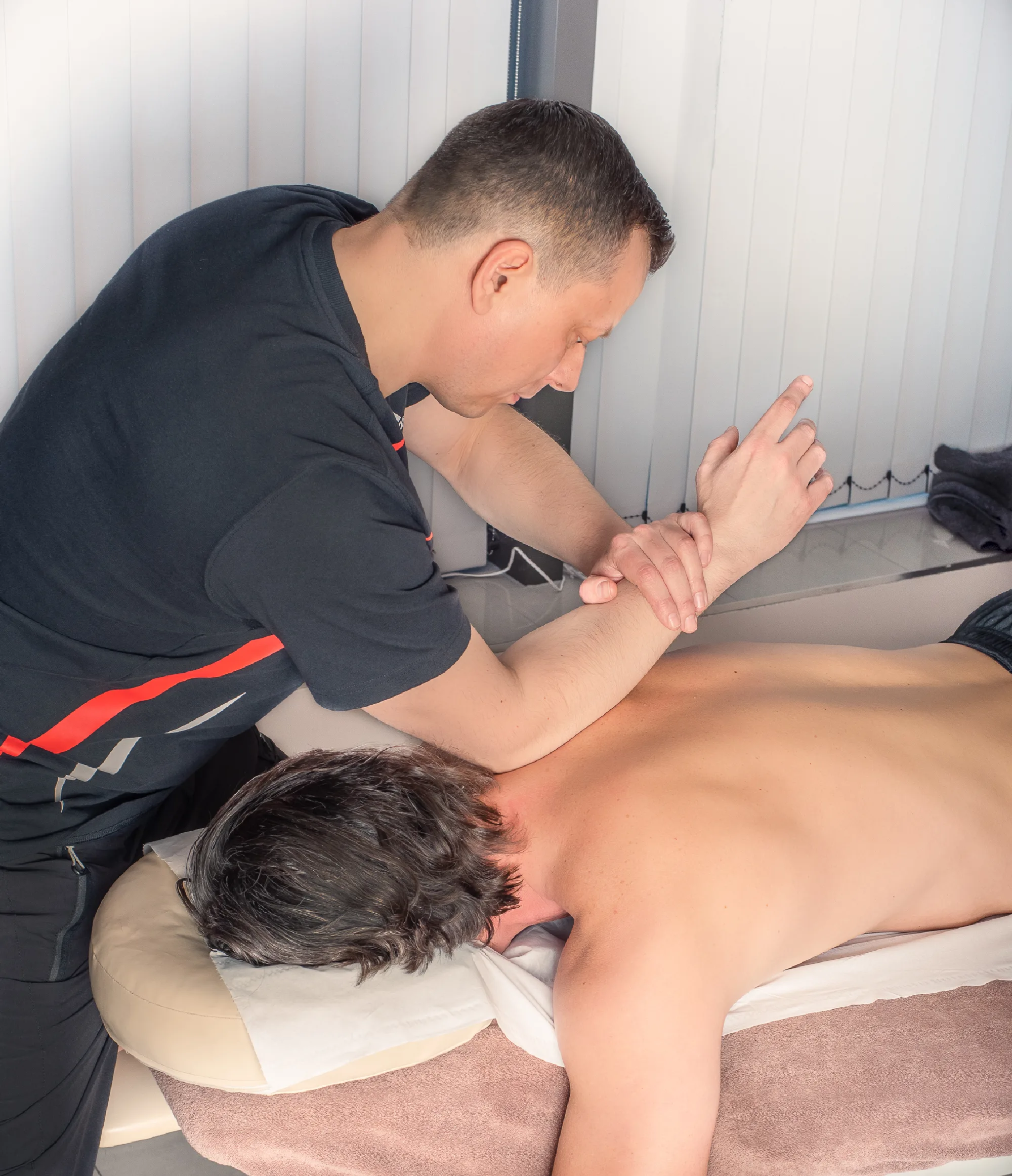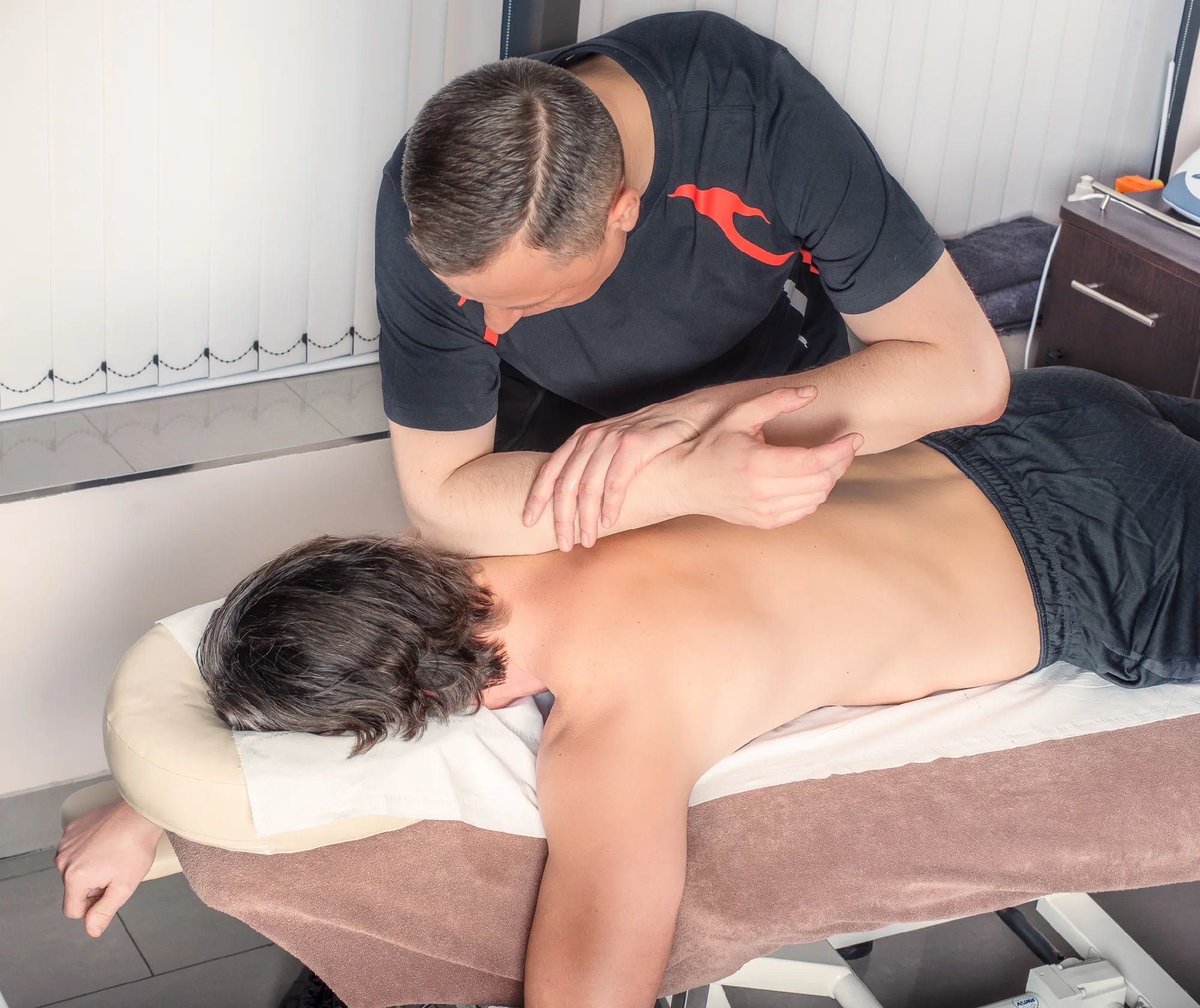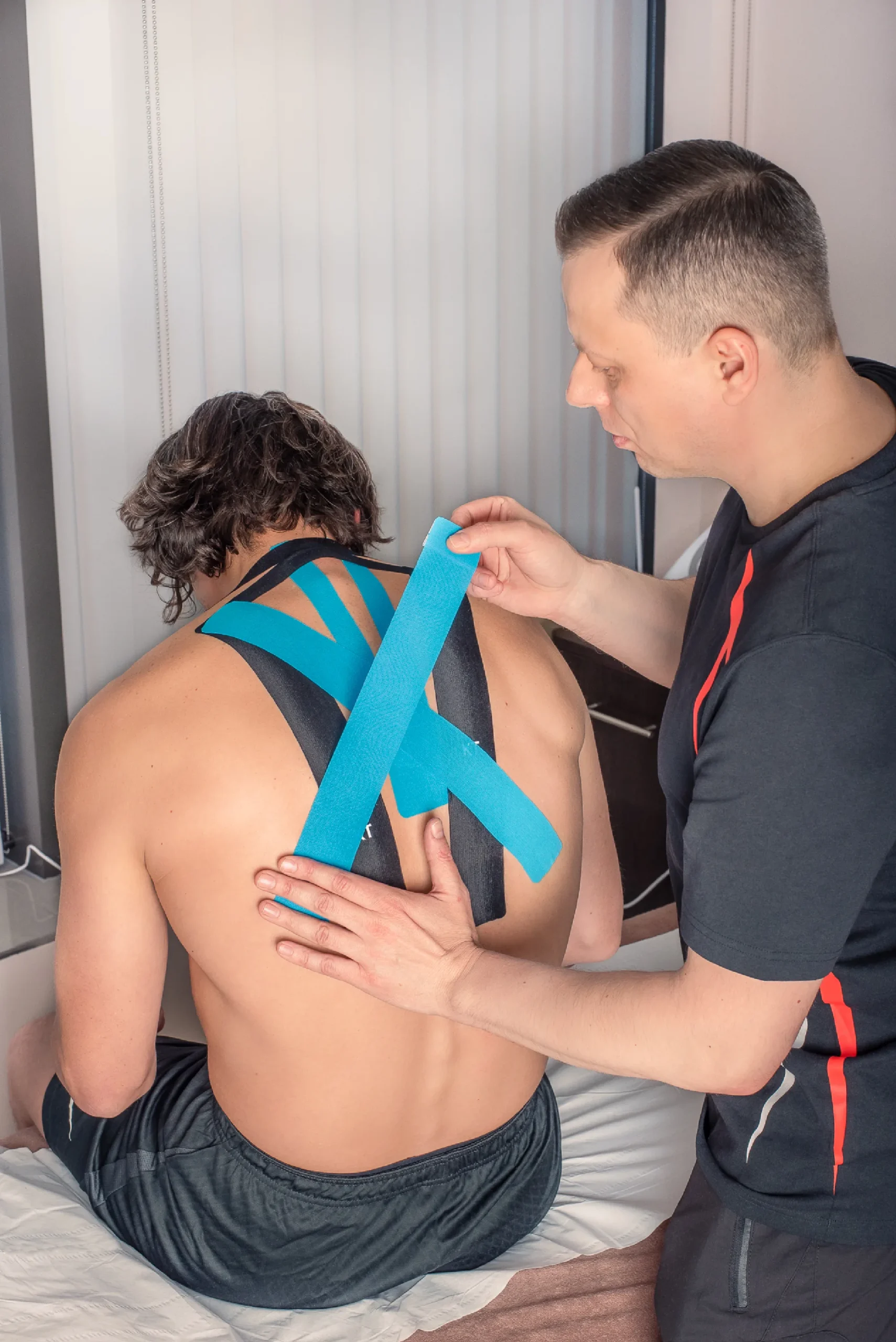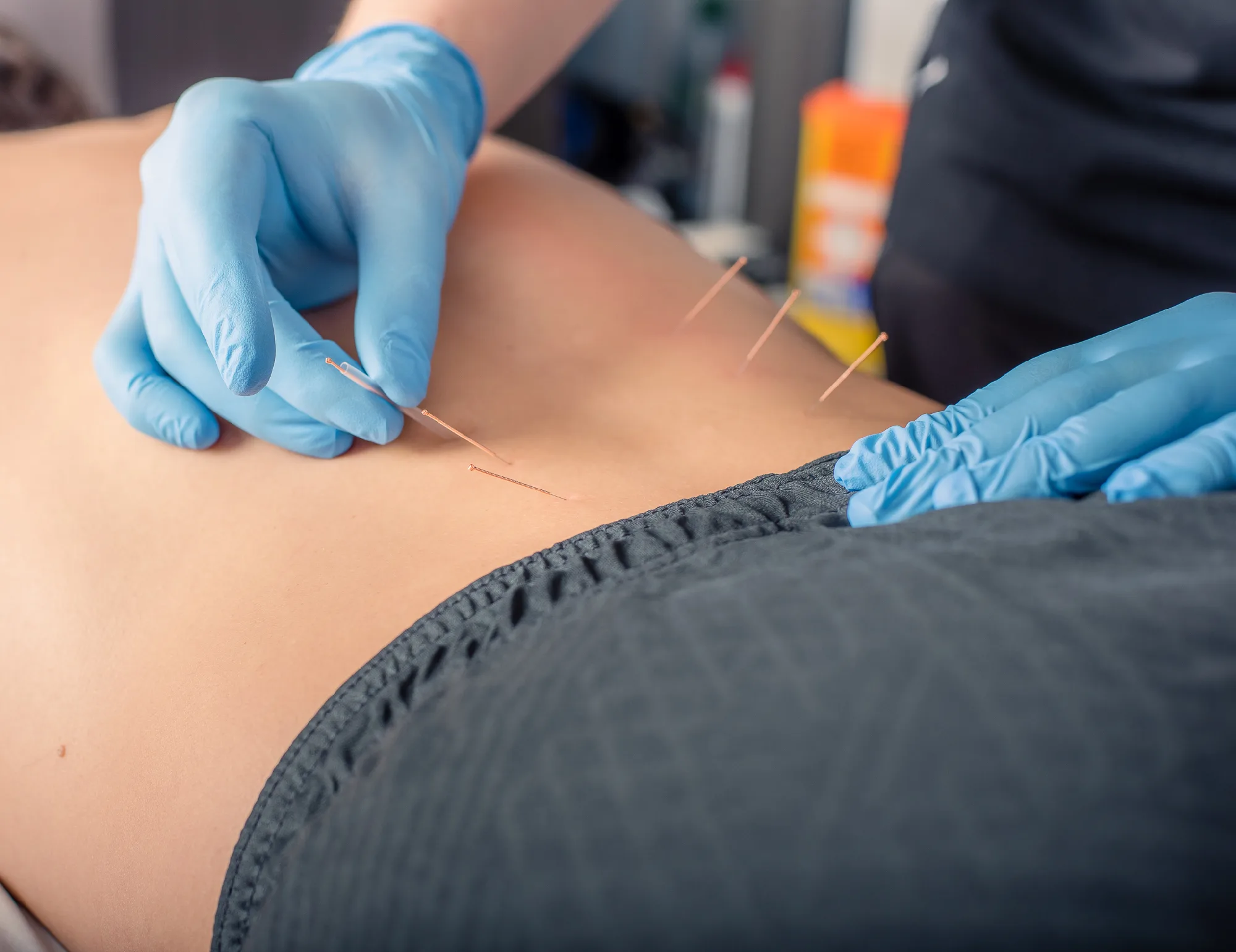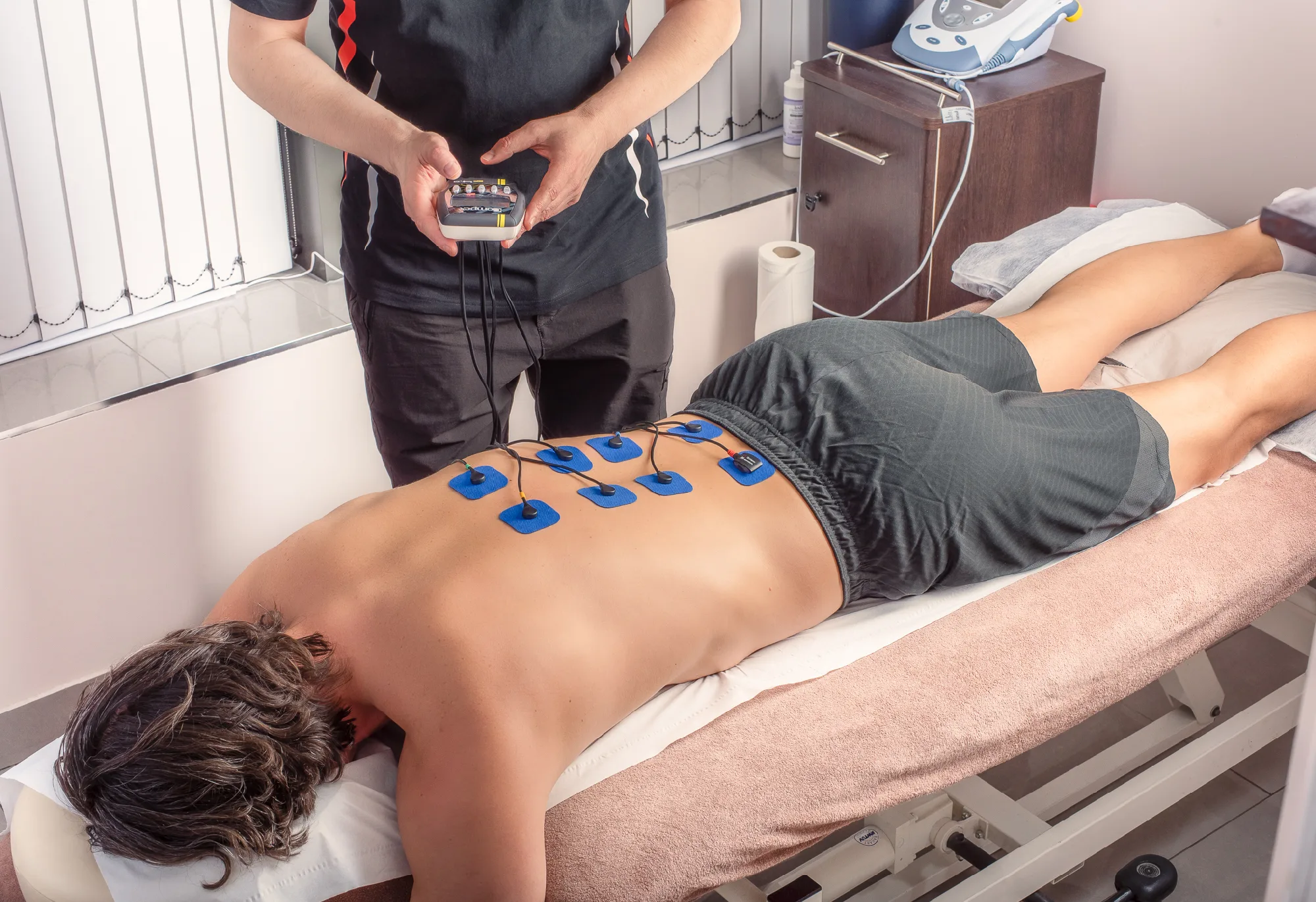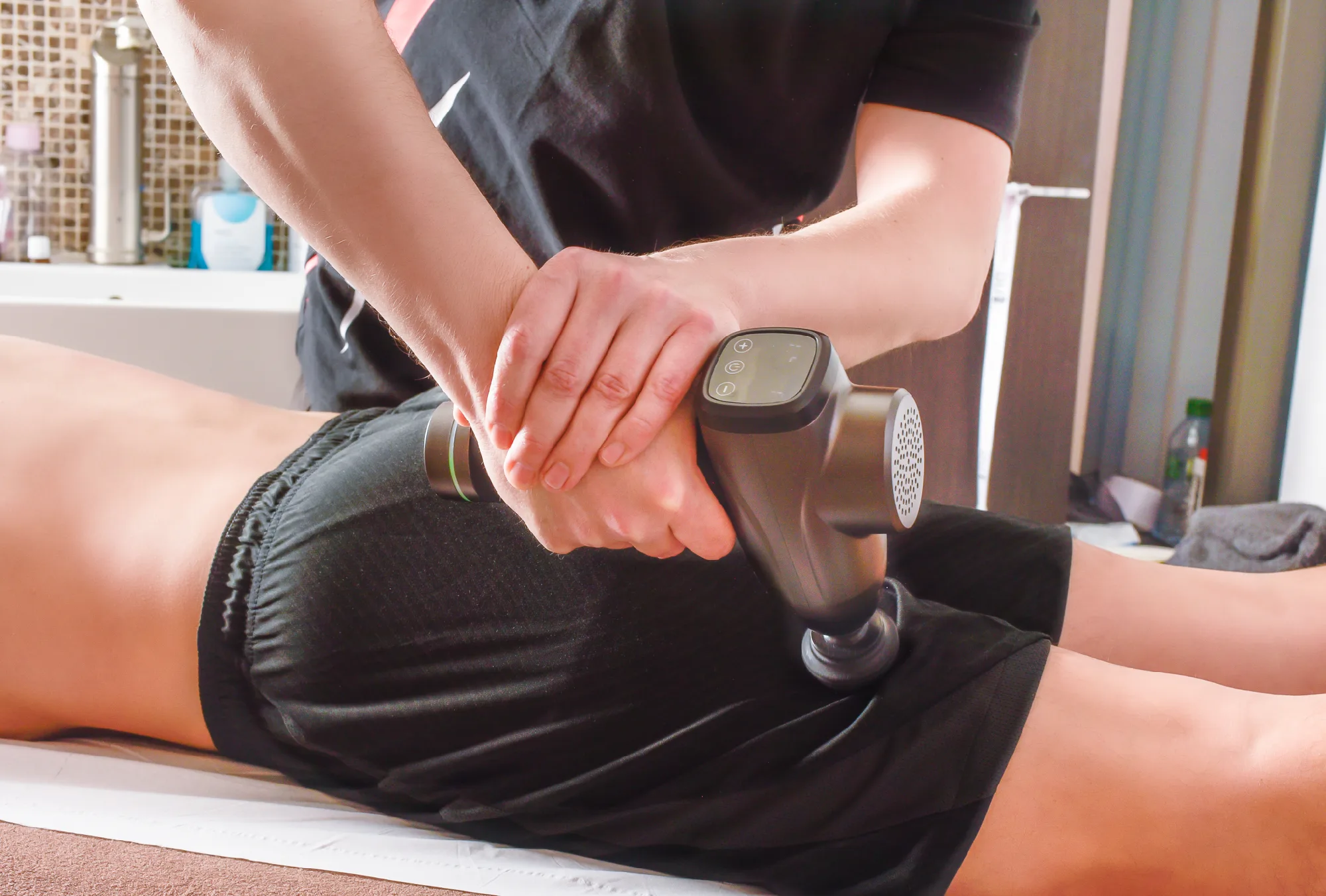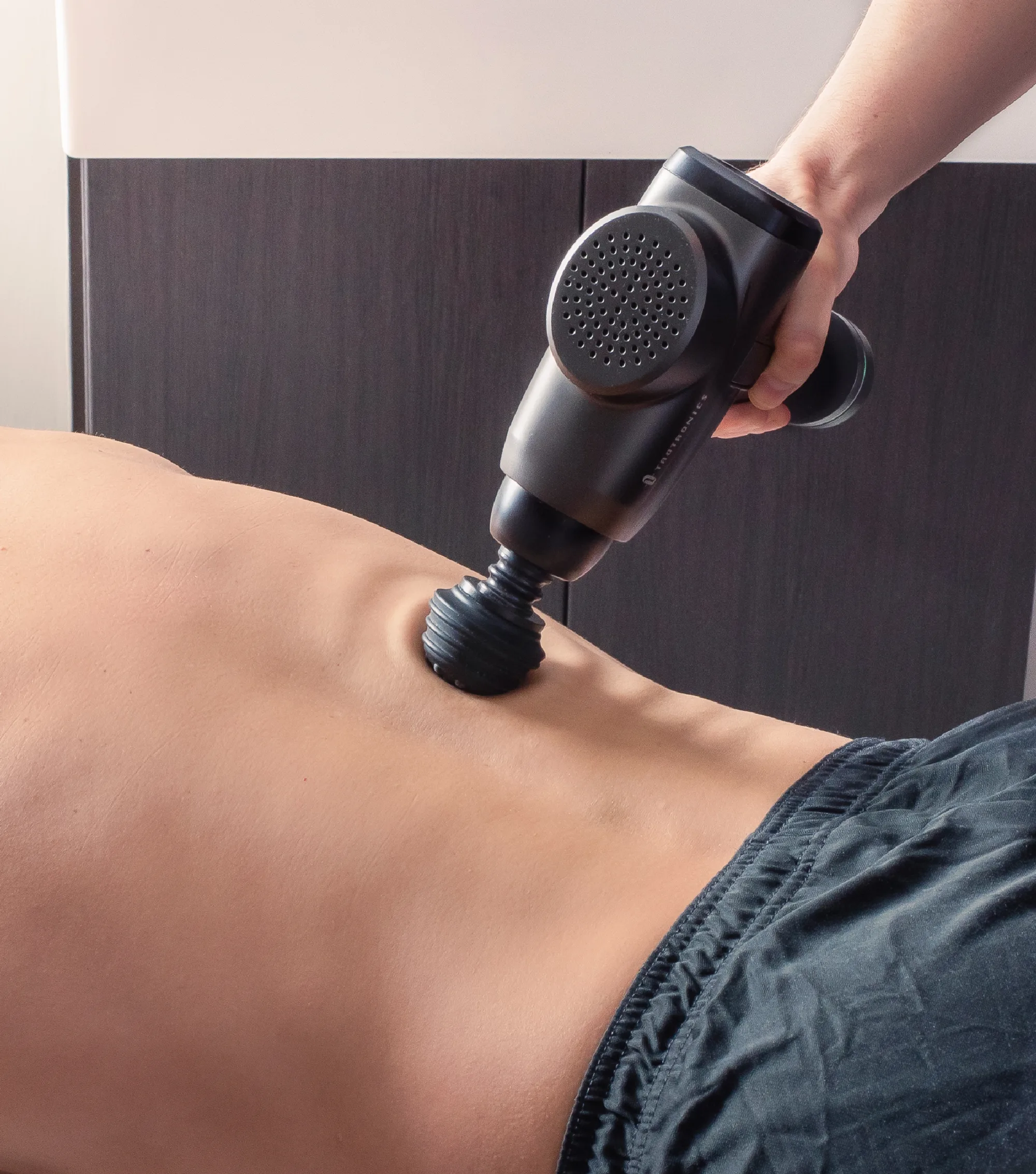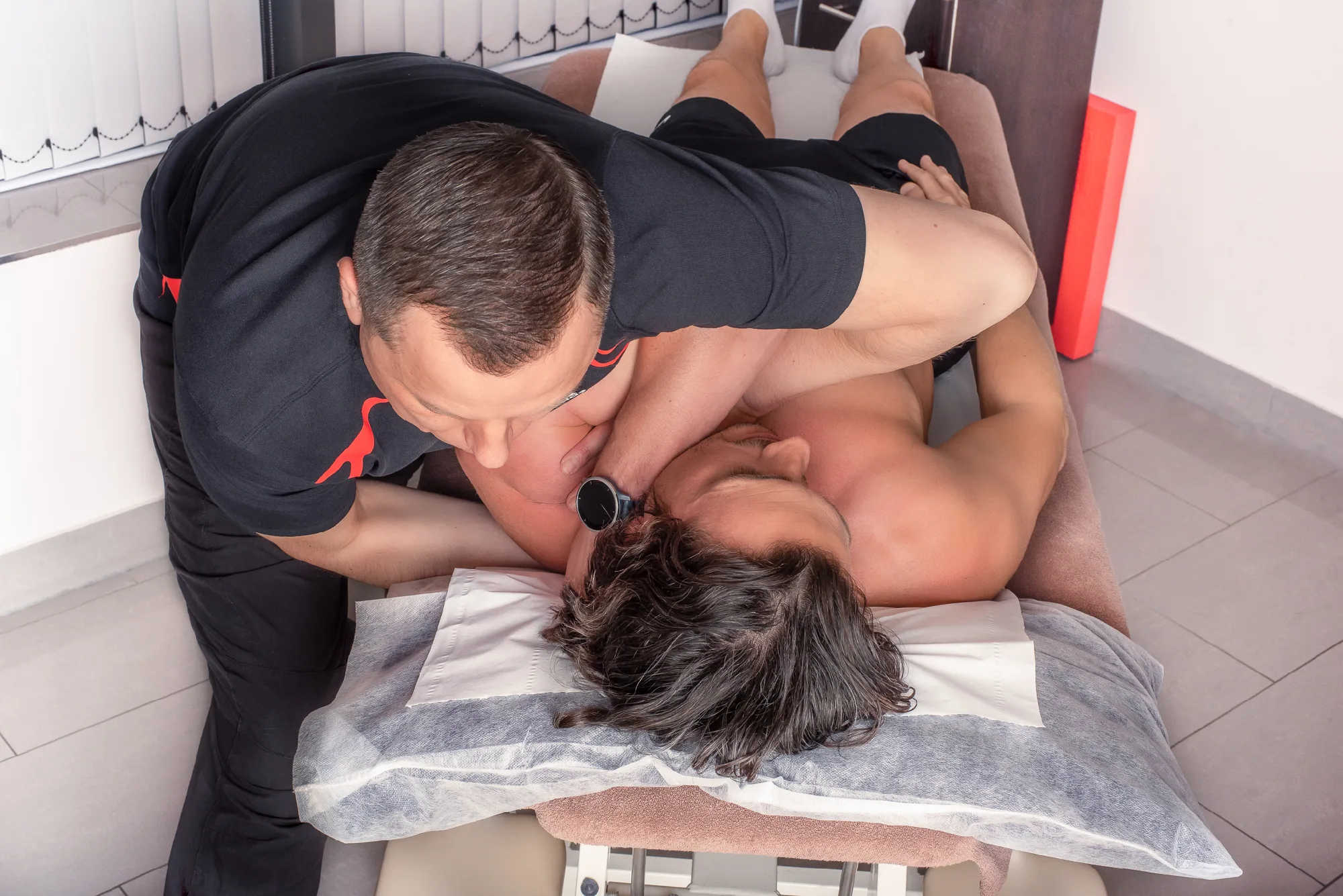Trigger point dry needling
A myofascial trigger point (MTrP) is defined as a hard, localized, pressure-sensitive point in the area of increased tension in the skeletal muscle. Palpation of this point causes local or referred pain. Myofascial trigger points are composed of numerous so-called contraction knots. An individual contraction knot appears as a segment of a muscle fiber with extremely contracted sarcomeres and an increased diameter. Myofascial trigger points are numerous in both phasic and postural muscles, but postural muscles are more prone to trigger points.


